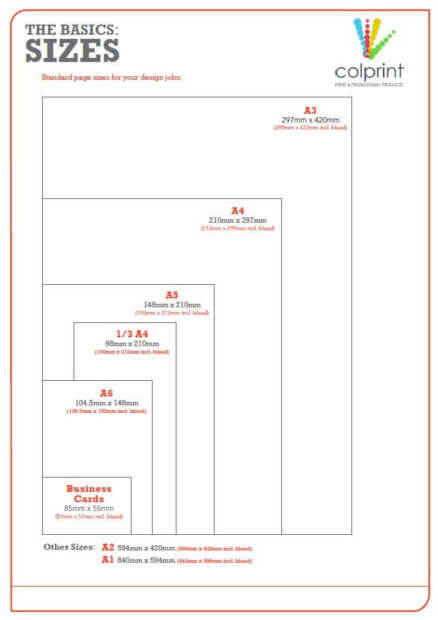
Drag the cropping tool over your image to see the different possible crops. Select "Tools" again, then "Crop Guide Overlay" and then "Aspect Ratios."ģ. From the menu in the Develop module, select "Tools" and then "Crop Tool."Ģ. If you use Lightroom, you can use a tool on your images to get an idea of which print sizes will work successfully with an image and which will crop out important parts of the photo:ġ. You can also see that any print size that has the same aspect ratio as your camera (2x3) will keep the photo entirely intact nothing will be cut off due to cropping. You can see that printing an 8x10 of the photo (5:4 ratio) would cut off the subjects on both ends of the picture, whereas a 5x7 print would cut off the open space on both the left and right of the photo. The example below shows how different print sizes would crop out important parts of the photo. But there are a few common aspect ratios every photographer should know. Technically, there is an unlimited number of aspect ratios. Depending on the desired print size and how the image was shot, you may lose a lot (or just a little) of the picture this could be significant if you shoot close and tend not to leave a lot of space around your subjects. When your client wishes to purchase a print, any print size that is not on a 3:2 ratio must be cropped, meaning a piece of the photo will be cut off. (If you use an Olympus or Panasonic camera, you may have a 4:3 ratio.) Your DSLR camera most likely has a 3:2 ratio. Because cropping is inevitable when ordering certain print sizes, it helps to understand why and how each image will be affected when printing.Īspect ratio is simply a measurement of a photo's width to height. We do not shrink or resize any of your files before submitting them to the lab.

When you submit a print order to one of our partner labs, you'll want to be certain that the crop you have approved during the Lab Approval Process is not cutting off a significant piece of the image.


 0 kommentar(er)
0 kommentar(er)
